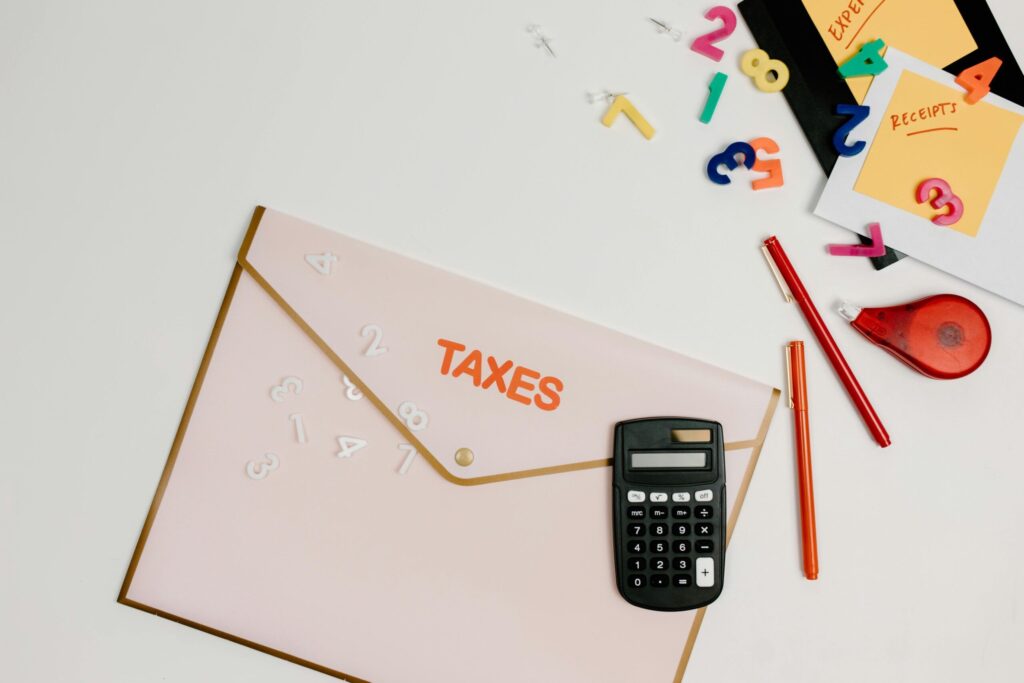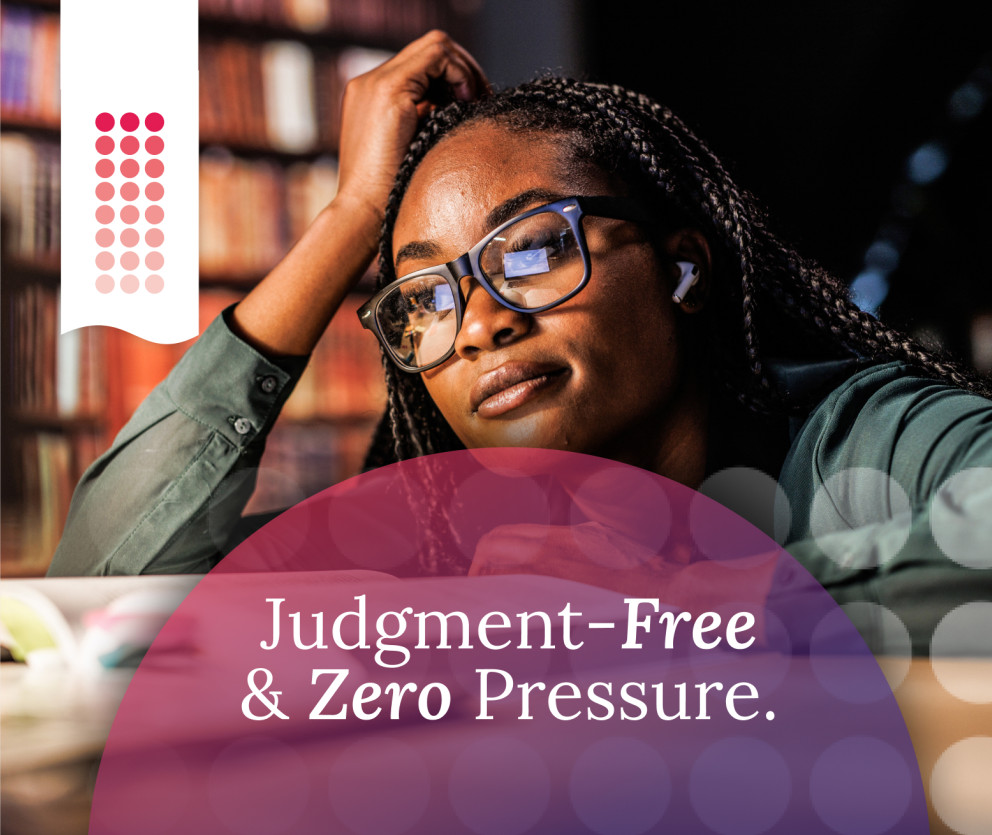When it comes to gaining debt relief in Canada, there are two common solutions you will come across – bankruptcy and consumer proposals. Although both are legal methods of clearing debt, generate a stay of proceedings, and pave the way to a fresh financial future, there are some key differences between the two. From a high level, bankruptcy is the process of assigning any of your non-exempt assets to a Licensed Insolvency Trustee in exchange for the clearance of your debt. On the other hand, a consumer proposal is a formalized debt settlement with your creditors – you agree an amount to repay them each month in exchange for the clearance of any remaining debt. Consumer proposals also allow you to keep your assets. In this article, we explain the differences between consumer proposal vs bankruptcy to help you establish the best form of debt relief for you.
Consumer proposal vs bankruptcy
In the table below, we demonstrate the key differences of consumer proposal vs bankruptcy to help you better understand the right option for you.
| Consumer Proposal | Bankruptcy | |
| Eligibility | Unsecured debt of no more than $250,000; living in or owning property in Canada | Owe at least $1,000 in unsecured debt; have debts that are worth more than the value of your assets |
| Cost | A negotiated agreement, typically starting at 20% of debt | A statutory calculation, based on income and assets |
| Length of time | A maximum of 5 years, although it can be paid off early | 9 months or 21 months, depending on your income |
| Debts covered | Credit card debts Retail store cards and accounts Unsecured lines of credit Payday loans Personal loans Unsecured bank loans Finance company loans Loans from individuals Outstanding bill payments Instalment loans Tax debts Judgement debts from lawsuits Student loans (provided you have been out of school for at least seven years) | Credit card debts Retail store cards and accounts Unsecured lines of credit Payday loans Personal loans Unsecured bank loans Finance company loans Loans from individuals Outstanding bill payments Instalment loans Tax debts Judgement debts from lawsuits Student loans (provided you have been out of school for at least seven years) |
| Assets | You can keep all assets, including tax refunds | You must surrender any non-exempt assets (varying depending on your province of residence) |
| Credit score | The earlier of 3 years from completion, or 6 years from filing – whichever comes first | 7 years from completion |
| Advantages | Reduction of debt by up to 80% A stay of proceedings Avoids bankruptcy Keep your assets One monthly manageable payment Freezes any interest Avoids surplus income | Complete clearance of debt A stay of proceedings A fresh financial start Cost not associated to amount owed |
| Disadvantages | Does not cover all debts, including secured debt Negative impact on credit report Potential impact on employment Typically takes longer to complete than bankruptcy | Does not cover all debts, including secured debt Damaging impact on credit report Potential impact on employment Non-exempt assets must be surrendered Surplus income factored in |
When is a consumer proposal better than bankruptcy?
It can be difficult to weigh up a consumer proposal vs bankruptcy when you are struggling with overwhelming debts, which is where we are here to help. Every single situation is different, depending on your own unique financial circumstances. Consumer proposals are becoming increasingly popular in Canada as a bankruptcy alternative. Here are the key reasons for a consumer proposal being favourable over filing bankruptcy:
- You propose the amount you can afford to pay for a consumer proposal, putting you in control
- All of the conditions of a consumer proposal are agreed up front
- You do not lose your tax refund or assets when filing a consumer proposal
- Consumer proposals are much simpler to file than bankruptcy
- If you have a high income, consumer proposals are much more affordable than bankruptcy
- Your credit report will be less severely impacted
- You do not have to report your income on a monthly basis like you do with bankruptcy
When is bankruptcy better than a consumer proposal?
On the contrary, there are some reasons where filing bankruptcy may be more appropriate for gaining debt relief over a consumer proposal. Once again, this is very much dependent on your unique financial circumstances. Here are they key reasons for filing bankruptcy over a consumer proposal:
- If you owe more than $250,000 in debt, bankruptcy is the only form of debt relief you can take
- Bankruptcy is a good option if your creditors are not open to negotiating an agreement with a consumer proposal
- A first time bankruptcy can be completed quickly within as little as 9 months, while a consumer proposal can take up to 5 years
- It offers a completely fresh financial start as soon as you file
Which option is right for me – bankruptcy or a consumer proposal?
While both debt relief options will ultimately help you clear your debt, prevent creditors from contacting you, and end wage garnishments, each is appropriate for different financial situations. You will need to have your circumstances reviewed in detail by a Licensed Insolvency Trustee, who can assess and recommend the most viable pathway for you. Your trustee will look at any surplus income you may have, your assets, quantity of debt, and the costs you may need to pay for each option. The sooner you get started, the sooner you will be freed of your debts. Unlike other bankruptcy firms, here at Spergel you will be assigned your very own trustee to walk you through the entire debt relief process, instead of being passed from person to person.
If you would like to understand more about the differences of consumer proposal vs bankruptcy, and which option may be the best debt relief for you, book a free consultation with one of our Licensed Insolvency Trustees. We have helped over 100,000 Canadians gain debt relief, and we are here to help you too. Get in touch today – you owe it to yourself.



















